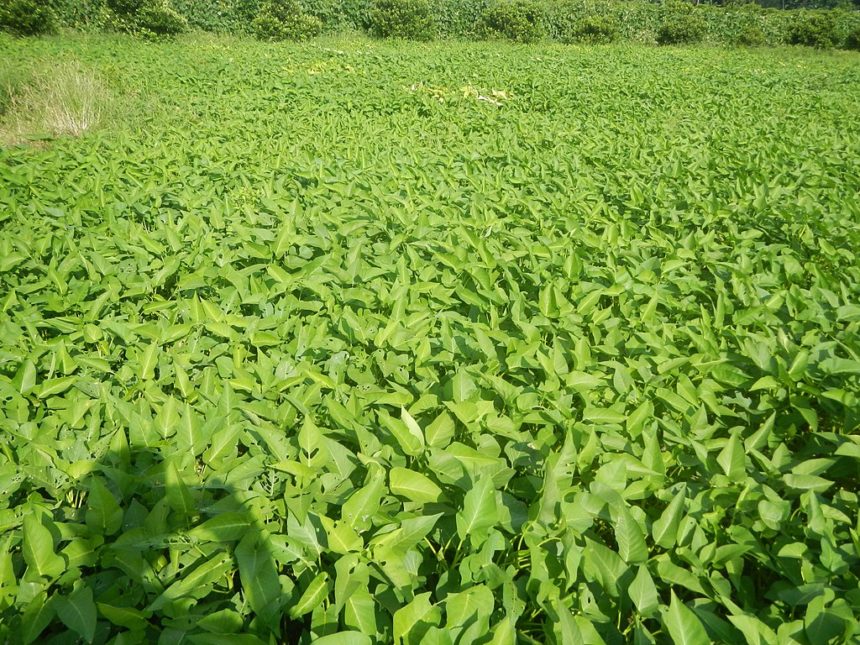In Spain, the fight for water is intensifying. The drought threatens jobs and the supply of fruits like oranges and vegetables.
Spain is on its way to the desert. The country is going into the third year of drought, the south is already in its eighth. Water reserves are empty, the groundwater continues to fall. Farmers are hit hard by the water shortage. So there are slumps, especially in vegetables: Spain’s tomato production was lower by 22 percent in the first five weeks, for cucumbers 21 percent and for aubergines it is even 25 percent.
Water shortage affects farmers, industry and consumers
“Weroting” calls the development Coexphal, an association of fruit and vegetable farmers in the province of Almeria. And there is cause for concern not only for farmers, but also for the manufacturing industry, wage workers and also consumers. Great Britain is feeling the shortage of fruit and vegetables. Supermarket shelves on the island remain empty.
Industry is looking for vegetable producers elsewhere
In the province of Seville, which traditionally produces tomatoes and peppers for further processing in ketchup, for example, there are no guarantees for water for irrigation; 6200 of 6400 hectares in the province are affected. The industry is already looking for other producers in other provinces and in Portugal in order to fulfill contracts with the ketchup manufacturer Heinz, for example.
Irrigation has an increasing share of agriculture
Spain’s farmers are basically experienced in drought. Traditionally, they knowdry field cultivation and the irrigation industry. The watering has become more and more. A good third of the 13 million hectares of land for crops today needs irrigation. These are, for example, Spain’s citrus trees or the large cultures under foils. Even basically frugal olive groves get water today. Olive growers have switched to more yielding varieties that only deliver with extrarations.
Drought consequences are the receipt for poor water management
But water is not there to the extent that it would be needed. Since 1980, the share of available water has fallen by 12 percent. And it could be between 14 and 40 percent less by 2050. A lot of water is officially taken from rivers and reservoirs. In addition, there are illegal wells. Authorities estimate that there are 500,000 such wells in Spain. Nature conservation organizations believe that there could be twice as many. This is fatal for the groundwater and leads to further bottlenecks.
Water shortage triggers protests and rationing
In Catalonia, the government has rationed the water in 224 municipalities. But not only pools and front gardens are affected; this also includes farmers having to make do with 40 percent less water there. Such restrictions shake the existence of the companies. In January, farmers in Madrid had demonstrated for water.
Source: Agrarheute.com
